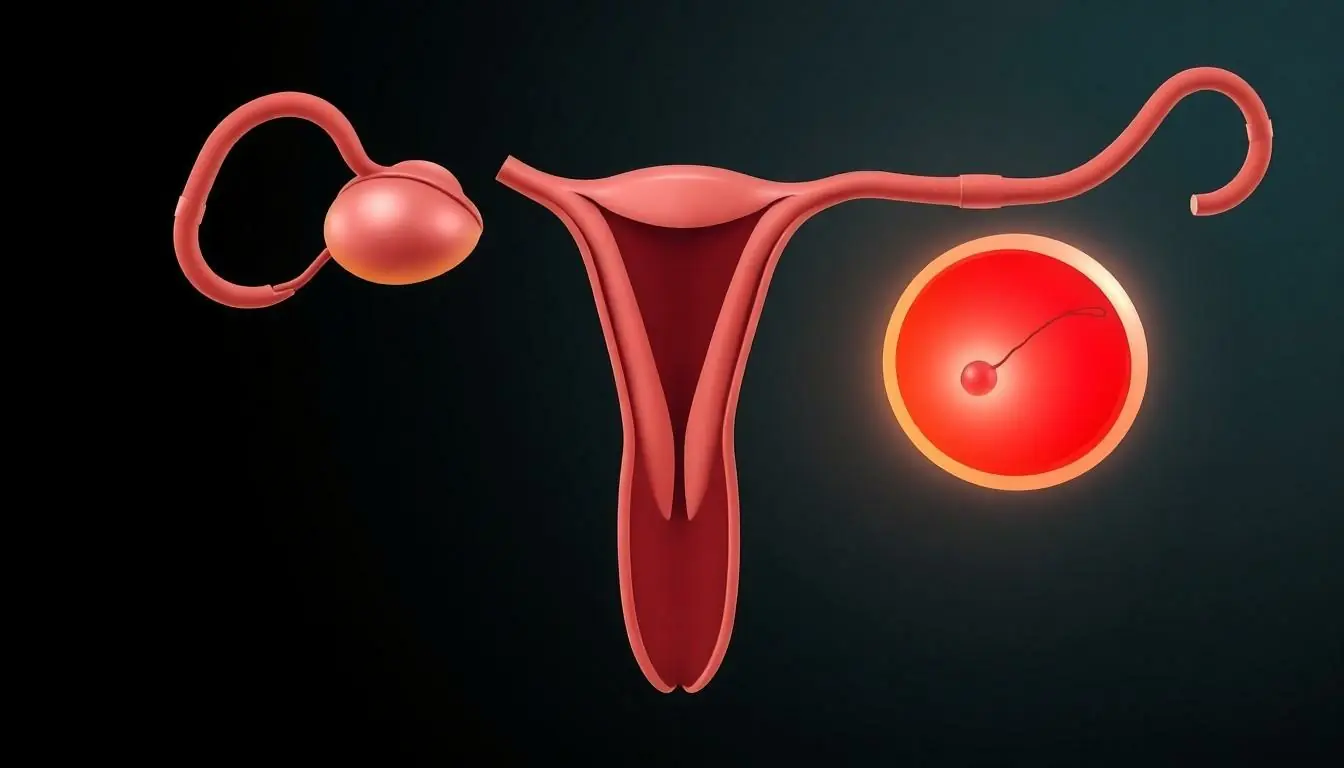Table of Contents
ToggleWhen it comes to the age-old question of how parents make babies, the answers can be as varied as the methods themselves. From awkward schoolyard conversations to well-meaning but often confusing parental guidance, the journey of baby-making is filled with mystery and a sprinkle of humor. It’s not just about storks and cabbage patches; there’s a fascinating science behind it that even the most seasoned parents might find amusing.
Understanding the fundamentals of reproduction can feel like cracking a secret code. But fear not! This guide will break it down in a way that’s both informative and entertaining. So strap in for a lighthearted yet enlightening exploration of the baby-making process—because everyone deserves to know where they came from, even if it involves a few giggles along the way.
Understanding Reproduction
The process of making babies involves intricate biological mechanisms. Human reproduction relies on several components, including anatomy, genetics, and environmental factors.
The Basics of Human Reproduction
Human reproduction starts with the joining of a sperm and an egg. Sperm cells come from the male’s testes. Egg cells come from the female’s ovaries. During intercourse, sperm is deposited in the female’s reproductive tract, where fertilization commonly occurs in the fallopian tubes. After fertilization, the fertilized egg implants itself in the uterus, developing into an embryo. Pregnancy typically lasts around 40 weeks, culminating in childbirth.
The Role of Genetics
Genetics plays a crucial role in reproduction. Each parent contributes roughly half of the genetic material to their child. These genes influence traits such as physical appearance, health conditions, and behaviors. Chromosomes, which carry genes, come in pairs. A total of 46 chromosomes create the genetic blueprint. Mutations and variations can affect traits as well, adding uniqueness to each individual. The complex interplay of genes ultimately shapes the next generation.
The Process of Conception
Conception involves a series of biological events that ultimately lead to the creation of a new life. Understanding these steps clarifies the process of reproduction.
Ovulation and Fertilization
Ovulation marks a key moment in female reproduction. An egg matures in the ovary and is released into the fallopian tube. This event typically occurs around the midpoint of the menstrual cycle, happening roughly every 28 days. If sperm is present when the egg is released, fertilization can occur. Sperm penetrates the egg, creating a zygote, or fertilized egg. This zygote begins its journey toward the uterus, where it will eventually implant.
The Journey of Sperm
Sperm cells play a crucial role in conception. During ejaculation, millions of sperm enter the female reproductive tract, but only a small fraction reaches the egg. The journey from the vagina to the fallopian tubes involves navigating through the cervix and uterus. Sperm travel through cervical mucus, which can either facilitate or hinder their progress depending on the timing within the menstrual cycle. Upon reaching the egg, the sperm competes with others to be the first to enter, resulting in fertilization and the beginning of embryonic development.
Pregnancy Development
Pregnancy involves significant biological changes. These changes occur in several stages, each marked by distinct developments.
Stages of Pregnancy
Pregnancy divides into three trimesters. The first trimester lasts from weeks 1 to 12, focusing on the embryo’s early formation. During this time, major organs begin developing. The second trimester, which spans from weeks 13 to 26, showcases notable growth. The fetus often becomes active, and parents might feel movements. In the third trimester, from weeks 27 to 40, the fetus gains weight and prepares for birth. Each stage plays a vital role in ensuring proper fetal development and health.
The Role of Prenatal Care
Prenatal care significantly impacts pregnancy health. Regular check-ups help monitor the mother’s and baby’s well-being. Healthcare providers can address any concerns and recommend necessary tests. Nutritional guidance is crucial, promoting a balanced diet rich in vitamins and minerals. Expectant mothers learn about prenatal vitamins, specifically folic acid, which reduces birth defects. Engaging in conversations about labor and delivery options empowers parents, providing them with knowledge for informed decisions. Overall, effective prenatal care fosters a healthier pregnancy journey.
Birth and Beyond
The birth process marks the beginning of life outside the womb. Various delivery methods can be employed, each offering unique benefits to mother and baby.
Delivery Methods
Vaginal delivery remains the most common, allowing the baby to be born through the birth canal. Cesarean sections, also known as C-sections, involve surgical procedures to deliver the baby through the abdomen. Midwives and obstetricians typically assist during these deliveries, providing support and medical care. In some cases, water births are chosen, where labor and delivery occur in a warm water environment, promoting relaxation. Continuous monitoring during labor ensures the well-being of both mother and baby. Each method carries its risks and advantages, so communication between healthcare providers and parents is crucial.
The First Moments After Birth
After delivery, the initial moments are critical for bonding. Skin-to-skin contact encourages bonding between mother and baby, often leading to immediate breastfeeding. Newborn assessments determine the baby’s health, measuring weight, length, and vital signs. Healthcare providers perform routine procedures, such as administering vitamin K shots to prevent bleeding. Babies may also receive newborn screenings to detect potential health issues early on. These moments lay the foundation for nurturing the infant’s growth and development in the days and weeks following birth.
Conclusion
Understanding how parents make babies is a journey through both biology and humor. From the initial spark of conception to the intricate development of a new life, the process is filled with wonder. Each step highlights the remarkable interplay of genetics and biology, shaping every unique individual.
The birth process marks a new chapter, filled with excitement and challenges. Parents embark on a path of nurturing and bonding, ensuring the healthy growth of their newborns. By grasping these fundamentals, parents can approach the topic with confidence and ease, fostering open conversations about life and its beginnings.




